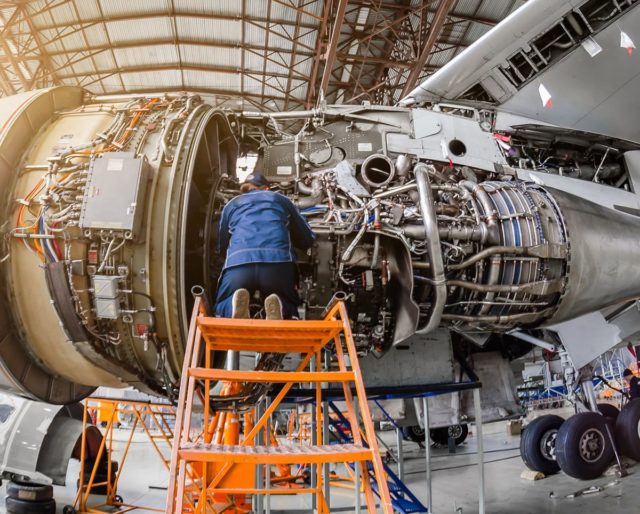Varieties of Plane Routine maintenance
The quality of the adhesive bond depends on several factors, including curing conditions, temperature, and air pressure. A high positive air pressure is necessary to compress the adhesive during the thermal cure cycle, but this is only feasible in a limited number of on-aircraft repairs. Most aircraft composite structures are designed to tolerate low air pressure, so the adhesive is typically applied under vacuum bagging. This procedure helps remove any entrapped air. However, high positive atmospheric and environmental temperatures may adversely affect the adhesive bond.
In a typical aviation repair, there are two types of repairs: FAA-approved and FAA-accepted. The former is a routine maintenance task, requiring little data to determine the impact of the repair on the original structure. The latter involves repairing a less critical component, such as the engine. These two categories are distinguished by the severity of the damage they are designed to correct. After all, you would never want to risk your life by putting your safety at risk by performing a substandard aircraft repair.
The FAA has established procedures for repairing airplanes. These procedures are governed by the FAA and require an RDAS. The RDAS issued by the DOA has a privilege. This authority will inspect and accept aircraft repair performed by a foreign entity. The RDAS is not required unless the repair is FAA-accepted. This certification will protect you against a rework order and ensure that the aircraft is repaired correctly.
Depending on the type of damage, a repair will be more challenging than the original structure. Each repair is unique and corrects specific damages in the original structure. It is only possible to predict how the repair will interact with the original structure after it has been completed. It is possible to perform some tests on a repaired aircraft and apply this knowledge to your aircraft. The more advanced the repair is, the more complicated the task will be. But the FAA’s standards will make the repair safer for everyone.
When an aircraft is in need of a repair, it is critical to choose the right adhesives for the job. The adhesives must be able to withstand temperature variations, be stored at ambient temperature, and be processable under vacuum bag conditions. In addition to this, they should be able to withstand extreme weather conditions. These qualities make them the ideal adhesives for aircraft repairs. Further, they will allow the pilot to perform more precise inspections.
If the aircraft is undergoing a repair, the adhesive must be approved by the FAA. The repairs must be in accordance with the Part 21 Design Standards. In addition, the repair must be in compliance with the FAA’s Airworthiness Directives. RDAS is another important process for airplane repair. It is an important step in ensuring that the repair will meet the standards set forth by the FAA. You must also make sure that it is compatible with the aircraft type and the airworthiness directives.


